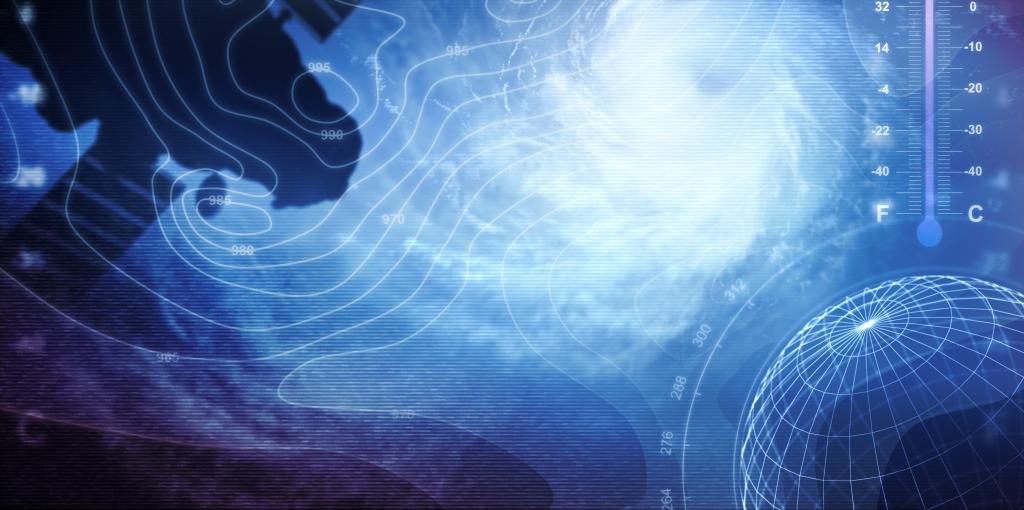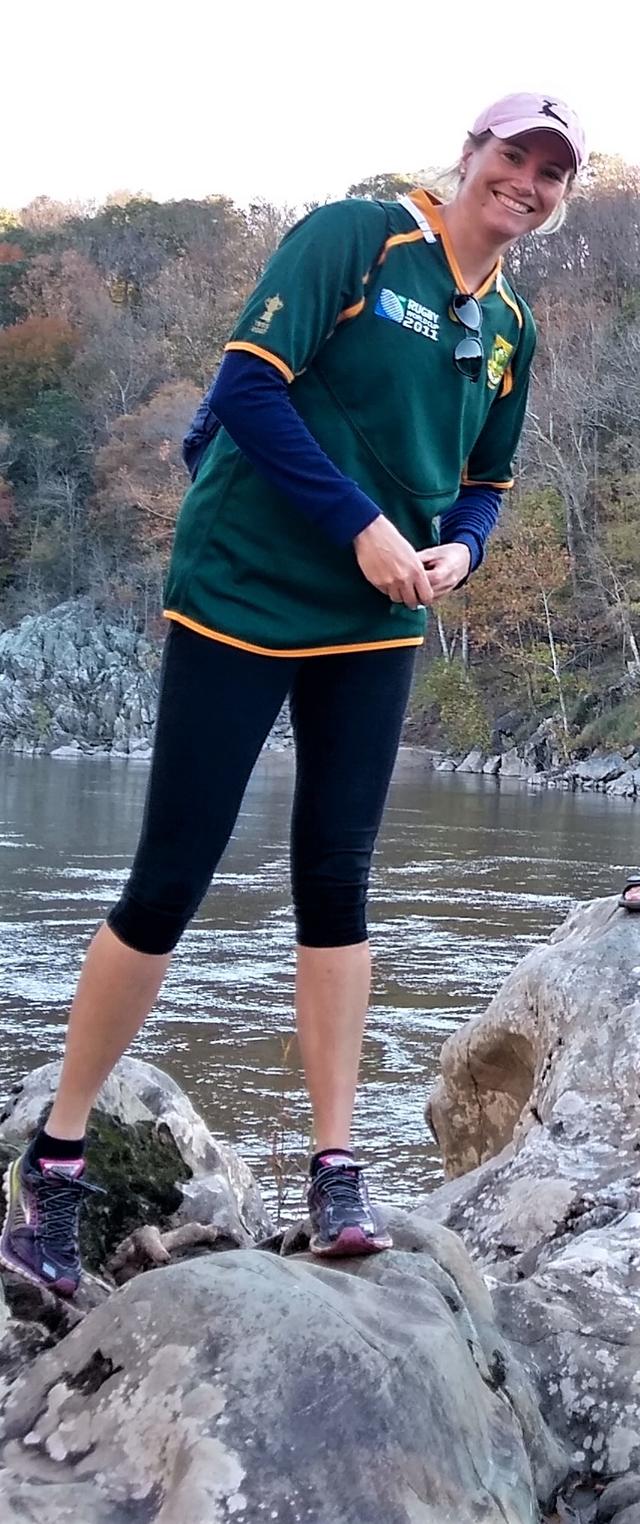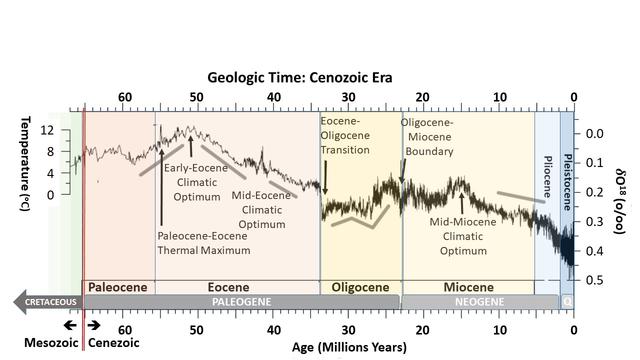Admission CTAs
Burls Wins CAREER Award for Climate Research
AOES assistant professor Natalie Burls has received a Faculty Early Career Development Program (CAREER) award. CAREER awards, which fund a faculty research program for five years, are given to only a small number of scientists every year. They are “the National Science Foundation’s most prestigious awards in support of early-career faculty who have the potential to serve as academic role models in research and education and to lead advances in the mission of their department or organization.”
Dr. Burls was recognized this year as a GMU Teacher of Distinction. She is currently advising four PhD students in Climate Dynamics. Her research is centered on modeling of climate in the present and in the remote past.
CAREER Award Research
If humans double the CO2 content of the atmosphere, how much warmer will the Earth get?
One way to answer that question is to look at how much the Earth has warmed due to the CO2 that society already released. However, a few factors create uncertainty. We need to take into account all the ways we have changed atmospheric composition and the role of natural variability. CO2 has increased by about a third over the last century, but burning fuel also injects aerosols (particles and droplets) into the air. Aerosols tend to counteract heat-trapping gases like CO2 by reflecting sunlight, and by changing how much sunlight clouds reflect. Past human induced aerosol emissions add a source of uncertainty to our observational estimates of how warm the Earth would be today if only CO2 had entered the atmosphere.
Another way to answer the question is to use climate models to simulate how temperature will change under future emissions. We can test the accuracy of the models by comparing them to current conditions, but we can’t test how well they simulate future scenarios.
Dr. Burls’ research under the CAREER grant will look to ancient climate to help us push past these barriers. Changes in temperature, rainfall, CO2, and other properties leave distinct geological signatures which can be used to infer past conditions. The most recent period with CO2 levels as high as the present was the warm Pliocene Epoch (5.3-2.6 million years before present; see Figure 1). Burls and colleagues at Yale University and elsewhere have been testing whether models can reproduce temperatures of the Pliocene, and even warmer climates of the earlier Miocene and Eocene epochs.
In today’s climate, the eastern part of the equatorial Pacific Ocean has a “Cold Tongue” of water about 6oF cooler than the rest of the equator (see Figure 2A). This is an important feature whose occasional disappearance (“El Nino”) disrupts weather around the world. Geological data indicates a weakened Cold Tongue during the Pliocene a feature that climate models of the Pliocene do not typically reproduce. They also fail to capture the full extent of polar amplified warming reconstructed by the proxy data.
Why are the models getting these features wrong?
Burls and colleagues found that they could create a model climate with a weak cold tongue and meridional temperature gradient (Figure 2B) by changing how much light is reflected by clouds. But why should that be changed? This is what her research under the CAREER award will investigate.
One possibility is that we must modify current understanding of how aerosols influenced clouds during these past climates. Another is that clouds’ reaction to warming may be different than current models show. She is testing hypotheses about the behavior of clouds by building these behaviors into a climate model and seeing if it simulates a realistic ancient Earth as well as the warming we have seen over the 20th century. Finding out which cloud behaviors are consistent with ancient climate may help lead to better models of future climate.



